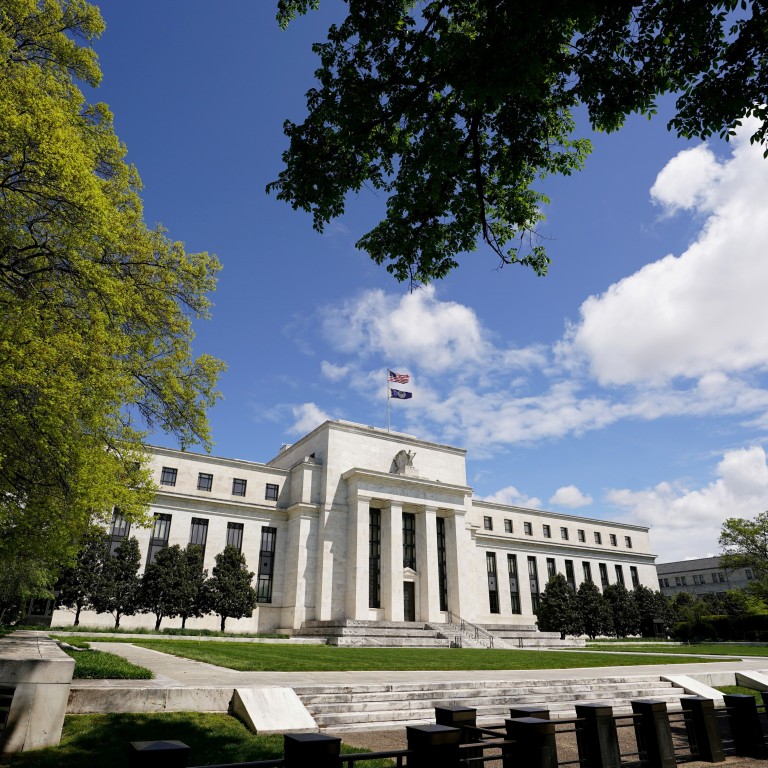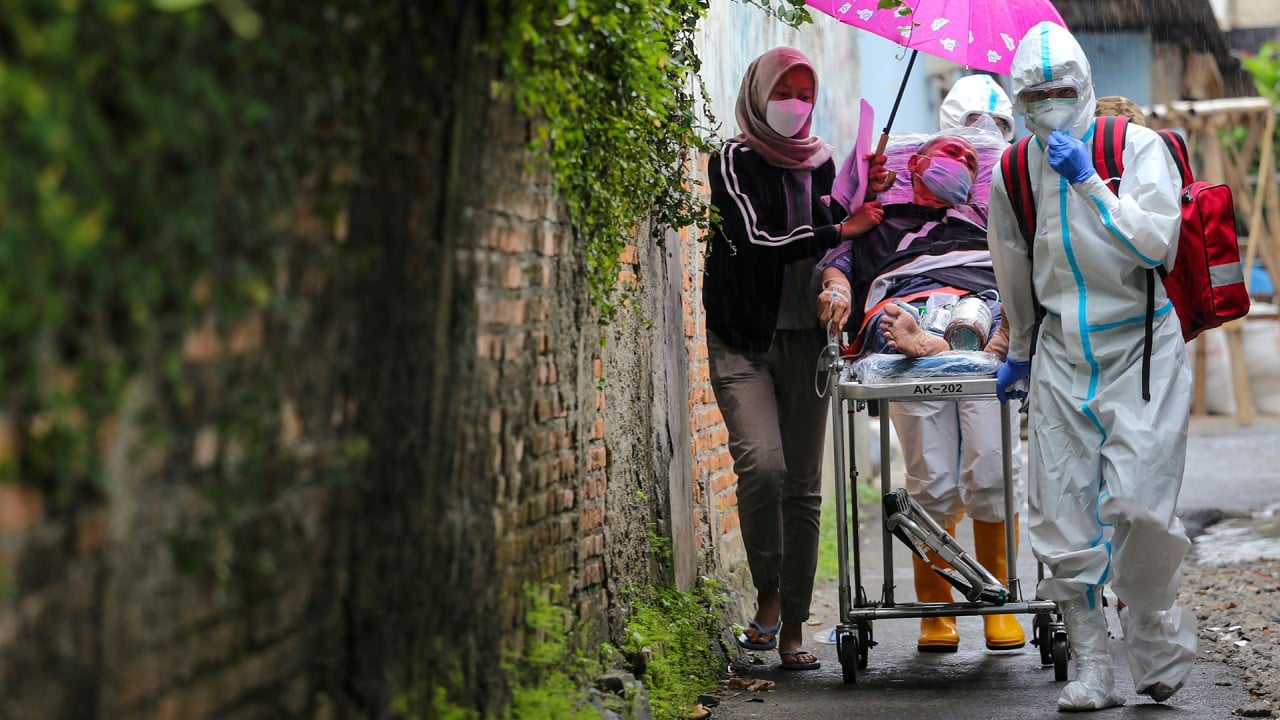
Stimulus addiction may be driving the global economy towards a cliff edge
- Central bankers seem to have little choice other than to offer more stimulus, risking more financial instability later. Debt forgiveness may be the only way out – but therein lie other troubles
Financial counsellor and director of the International Monetary Fund’s monetary and capital markets department Tobias Adrian used more nuanced terms to describe the dilemma in a paper he presented to a high-level financial gathering in Washington recently. But the meaning was much the same.
Central banks, he said, have done a good job in preventing a “catastrophic downturn” in the global economy, and more of the same will be needed. But he also cautioned, “it is critical that policymakers weigh the pros of providing more stimulus today against the potential cons of higher financial stability risks down the road.”
It may seem hard to take such warnings seriously, and not just because the pandemic has pushed all thoughts of financial crisis out of most people’s minds. Do we not, after all, live in a world where money flows like milk and honey, and where debt no longer matters?

03:58
Poor countries said to be left behind in Covid-19 vaccine race as rich nations get first doses
Yet, if this is so, why are some leading economists feeling more than just a frisson of concern? The answer is that a lot can go wrong and the concerns among thinking people could translate into real-world problems.
Colossal monetary creation in recent times (some US$15 trillion in fiscal stimulus backed by central banks) is feeding inflation expectations, and rising inflation expectations drive bond prices lower.
Investors risk rude awakening from their dream of a perfect recovery
This is where things begin to unwind. The “wealth effect” created by record-high stock prices goes into reverse and consumption begins to suffer, as do prices of physical assets such as property. An economic downturn ensues and with it, the risk of financial system distress rises.
The US Federal Reserve has pledged to keep buying at least US$120 billion of public and private debt per month until “substantial further progress has been made” in the US economic recovery, and to keep interest rates close to zero until at least the end of 2023. The cliff edge looms, but so do the demons.

02:26
Demand for free food rises in US as nation’s Covid-19 pandemic crisis deepens
As Adrian observed: “The Covid-19 crisis has greatly intensified these challenges. Employment has collapsed, threatening a major humanitarian crisis in many economies, and inflation has been further depressed by weak activity and falling commodity prices. Policy [interest] rates have already been pushed to zero or below, and very low yields on long-term government bonds limit the scope to provide stimulus through purchases of these instruments.”
Policymakers seem at a loss as to how to get around the ‘can’t stop, can’t go back and can’t go forward’ dilemma
Policymakers seem at a loss as to how to get around the “can’t stop, can’t go back and can’t go forward’’ dilemma. They can only consider “the trade-off between boosting inflation and output in the near term and increasing financial stability risks down the road”, said Adrian.
Another way to express this is that they’re damned if they do and damned if they don’t. At the end of the day, wholesale debt forgiveness (not just relief) may be the only way out but therein lie other troubles. Let us enjoy Christmas at least.
Anthony Rowley is a veteran journalist specialising in Asian economic and financial affairs

